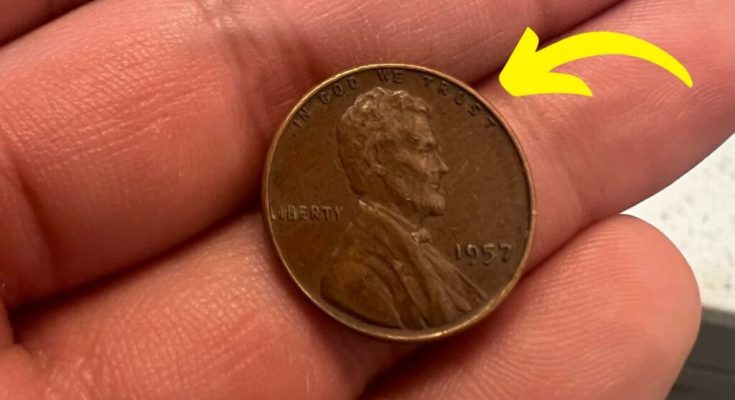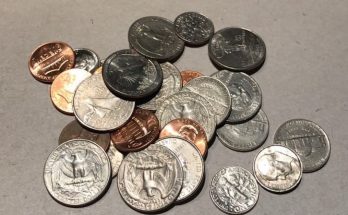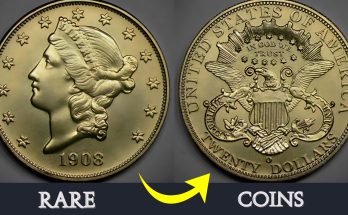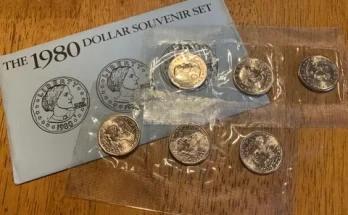Imagine finding a simple penny in your pocket that is worth a staggering $1.1 billion! While it may sound unbelievable, there is a Lincoln Wheat Penny that is rumored to hold such an astronomical value. This rare coin, which is still believed to be in circulation, has captured the attention of collectors and treasure hunters worldwide.
The History of the Lincoln Wheat Penny
The Lincoln Wheat Penny was first minted in 1909 to honor the 100th birth anniversary of President Abraham Lincoln. It was the first U.S. coin to feature the image of a real person. Designed by Victor D. Brenner, the penny features Lincoln’s profile on the obverse side, while the reverse side displays two stalks of wheat, symbolizing prosperity and unity.
These coins were minted until 1958, after which the U.S. Mint replaced the wheat design with the Lincoln Memorial. Though most Wheat Pennies are only worth a few cents to a few dollars, some rare variations can fetch thousands or even millions of dollars.
Why Is This Penny Worth $1.1 Billion?
The legendary Lincoln Wheat Penny valued at $1.1 billion is believed to be a one-of-a-kind minting error or a coin made from an extremely rare metal composition. While no official confirmation exists, coin experts speculate that its high valuation comes from one or more of the following factors:
- Minting Error – Some pennies were mistakenly struck on the wrong metal planchets (such as silver or gold), making them extremely rare.
- Unique Composition – A coin made from an unusual material or with a significant historical background could increase its value.
- Limited Existence – If only one such coin exists, its value skyrockets due to its uniqueness.
- Collectors’ Demand – If collectors are willing to pay a fortune for it, the value of the coin can reach unimaginable heights.
The Search for the Billion-Dollar Penny
Despite claims about the Lincoln Wheat Penny being worth $1.1 billion, no one has officially found or verified its existence. However, the possibility of discovering such a rare coin keeps collectors and hobbyists searching through their pocket change and old coin collections.
Coin dealers and treasure hunters constantly examine Wheat Pennies, hoping to uncover a hidden gem. Many believe that if such a rare coin is still in circulation, it could be hiding in an ordinary piggy bank, a forgotten coin jar, or even in everyday transactions.
Other Valuable Lincoln Wheat Pennies
Even if you do not find the billion-dollar penny, some Lincoln Wheat Pennies are still worth a small fortune. Here are a few examples:
- 1943 Copper Penny – Worth up to $1.7 million because it was mistakenly made of copper instead of steel.
- 1909-S VDB Penny – Valued at $100,000+, as it was one of the first Lincoln pennies with the designer’s initials.
- 1955 Double Die Penny – Can fetch $50,000+ due to a misalignment during the minting process, creating a doubled image.
Conclusion
The idea of a Lincoln Wheat Penny worth $1.1 billion still being in circulation excites collectors and coin enthusiasts worldwide. While its existence remains a mystery, it proves that rare coins can hold tremendous value. If you ever come across an old penny, take a closer look—you might be holding a hidden treasure!
Disclaimer: The prices mentioned for rare coins, including the Lincoln Wheat Penny, are not guaranteed and may not be entirely accurate due to market fluctuations and varying appraisals.



